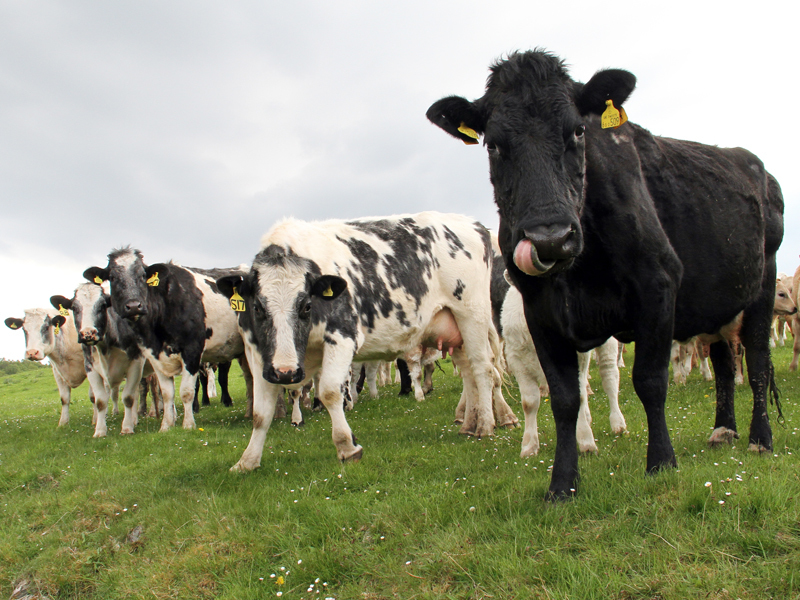Scottish beef and dairy producers have been urged to ensure their herds are free from Bovine Viral Diarrhoea (BVD) to avoid movement restrictions from summer 2015.
The Scottish Government’s BVD eradication scheme steps up a gear next year, with any farms without a valid ‘not negative’ BVD status due to have movement restrictions placed on them.
Up until now, the eradication scheme has required all Scottish producers with cattle to test for the disease on an annual basis.
It is also illegal for a farmer or crofter to knowingly sell any PI cattle – those persistently infected with the disease.
From June 2015, any cattle from ‘not negative’ herds will need to be tested individually and found to be free from BVD before they can be moved. The only exception is cattle destined for slaughter.
In addition, herds which are free from BVD, but take more than 13 months to carry out the next annual test, will face movement restrictions until the testing is carried out.
NFU Scotland has urged all producers to ensure they have a negative status herd to avoid movement restrictions from next year.
“More than 87% of Scottish herds are already designated BVD negative under the Scottish scheme,” said NFU Scotland president and qualified vet, Nigel Miller.
“The message for those herd classed as ‘not negative’ is that phase four is designed to close down potential infection in such herds and the new requirements have teeth.”
New measures being introduced in 2015 also include a reduction in the approved testing options to three with only two available for testing ‘not negative’ herds.
Producers will also be required to test animals moving into the herd from untested herds.
One of the testing options, available for negative herds only, is an antibody check test which assesses a small group of animals from each management group.
The other two options, which will not be available to ‘not negative’ status herds, are virus testing all calves which are born and virus testing all animals within the herd. Both of these can be done using the tissue tag tests.
Bulk milk tests will be removed as a testing measure as they have been deemed to sensitive for the scheme, as they pick up traces of historic infection and vaccination.
